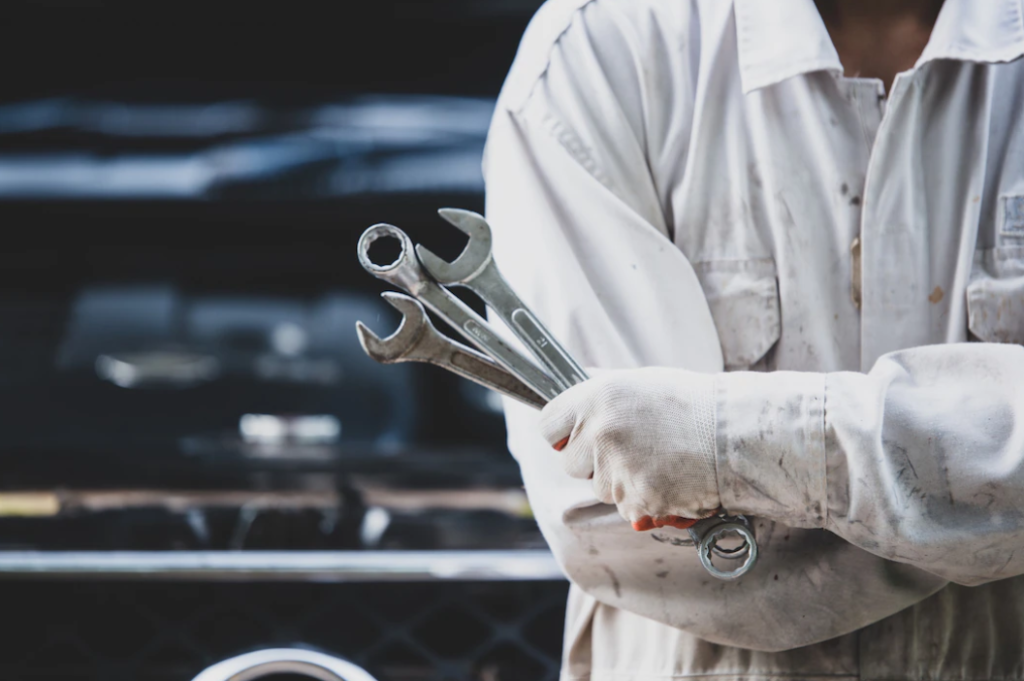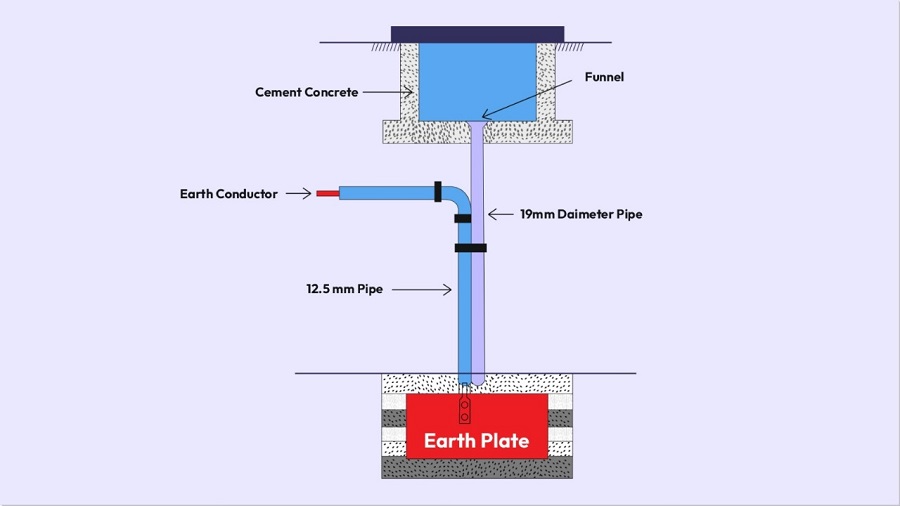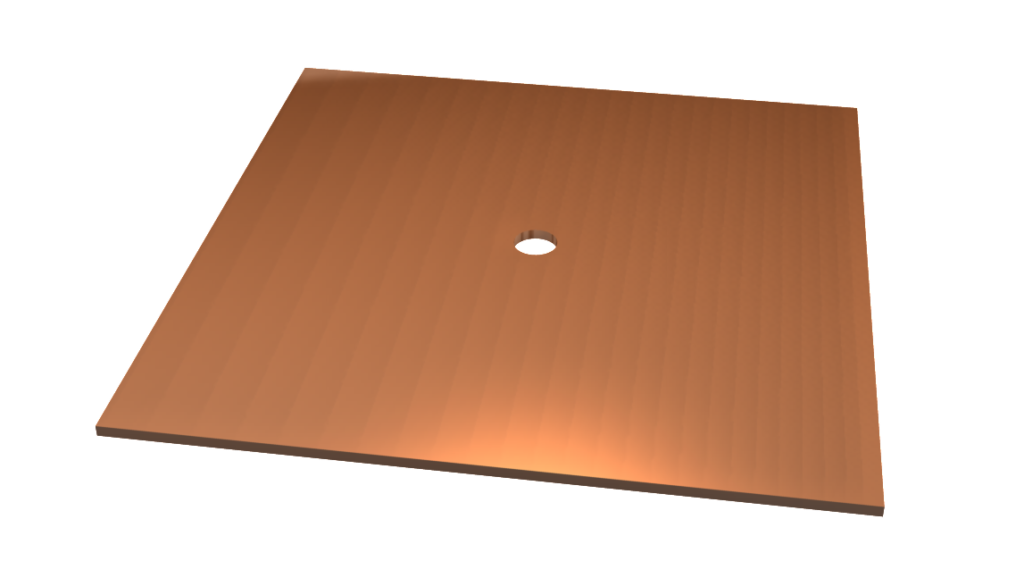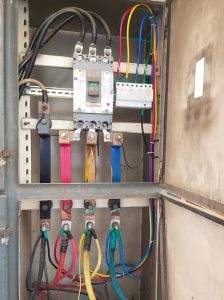What is an Earth Plate?
Electrical grounding is a critical safety feature in any electrical system. It provides a low-resistance path for electrical current to be safely discharged into the ground, protecting people and equipment from electrical shocks and other hazards. Grounding is especially important in damp or wet environments, where the risk of electrical shocks is higher. To effectively ground an electrical system, it is necessary to use a grounding conductor, such as a wire or cable, and a grounding electrode, such as a metal rod or plate. These components are connected together to create a grounding circuit that provides a safe path for electrical current to follow.
Earth electrodes, also known as grounding electrodes, are used in earthing systems to provide a low-resistance connection to the ground. This connection is necessary to ensure that electrical current can be safely discharged into the ground in the event of a fault or short circuit. There are several types of earth electrodes commonly used in earthing systems, including metal rods, plates, and pipes.
Earth Plates (also known as ground plates or grounding plates) are a type of earth electrode and have several advantages. They are typically larger and more versatile than other types of earth electrodes, and can thus be installed in a wider range of soil types. In addition, earthing plates are often easier to install than other earthing methods, and require less digging and excavation. This makes them a more practical and cost-effective option in many situations. Earthing plates are also typically less expensive than other earthing methods, making them a more affordable option for many applications.
However, earthing plates also have some limitations compared to other earthing methods. They are not as effective in very dry or sandy soils, or in soils that are highly resistive, such as soils with high clay content. In these cases, other earthing methods, such as earth rods, may be more effective.
They are metal plates that are buried in the ground and used as a connection point for electrical grounding systems. It is designed to provide a low-resistance path to the earth, allowing electrical current to be safely dissipated into the ground in the event of a fault or short circuit. This helps to prevent electrical shocks and other hazards, and can also protect sensitive electronic equipment from damage.
To use an earthing plate, a conductor (usually a copper or aluminum wire) is attached to the plate and then connected to the grounding system of an electrical circuit. When an electrical fault occurs, the current will flow through the conductor and into the earthing plate, where it will be safely discharged into the ground. The size and design of the earthing plate will determine its effectiveness and the amount of current it can safely dissipate.
Earthing plates, also known as ground plates or grounding plates, are typically made of metal, such as copper, aluminum, or steel. These materials are chosen for their conductivity, durability, and corrosion resistance, which are important characteristics for earthing plates. Earthing plates are also often made out of steel coated with electrolytic copper. The specific material used for an earthing plate will depend on its intended application, the characteristics of the soil and environment in which it will be installed, and other factors.
Earthing Plate Installation & Tools

The process for installing an earthing plate will vary depending on the specific type of earthing plate being used and the characteristics of the soil and environment. In general, however, the following steps outline the basic process for installing an earthing plate:
- Select a suitable location for the earthing plate. This should be a flat, open area that is free of obstacles, and should have good access for the tools and equipment needed for the installation.
- Clear any vegetation or debris from the area where the earthing plate will be installed. This will help to ensure that the earthing plate has good contact with the soil, and will also make it easier to dig the hole and install the earthing plate.
- Using a shovel or other digging tool, dig a hole for the earthing plate. The hole should be deep enough to fully bury the earthing plate, and should be slightly wider than the earthing plate itself.
- Place the earthing plate into the hole, making sure that it is level and properly positioned.
- Using a tamper or other tool, compact the soil around the earthing plate to ensure good contact between the earthing plate and the soil.
- Attach a conductor, such as a copper or copper clad steel, to the earthing plate. This conductor will be used to connect the earthing plate to the grounding system of the electrical circuit.
- Test the earthing plate to ensure that it is properly installed and functioning correctly. This can be done using a grounding meter or other testing device.
Tools and equipment that may be needed for installing an earthing plate include a shovel, digging tool, tamper, conductor, grounding meter, and other tools and materials as necessary. It is also important to follow any local regulations or standards for earthing systems, to ensure that the installation is safe and compliant.
Maintenance Requirements for Earthing Plates

In general, earthing plates should be inspected at least annually to check for signs of damage or deterioration. This can include checking for corrosion, cracking, or other defects that may affect the performance of the earthing plate. Any damaged or defective earthing plates should be repaired or replaced as necessary.
In addition to regular inspections, earthing plates should also be checked after any major storms or other events that may have affected the earthing system. This can include checking for damage to the earthing plate itself, as well as checking the integrity of the conductor and other components of the earthing system. Any damaged or defective components should be repaired or replaced as necessary.
Overall, the maintenance requirements for earthing plates are relatively minimal, but regular inspections and maintenance are important to ensure that the earthing system is effective and reliable. It is also important to follow any local regulations or standards for earthing systems maintenance in your area.
International Standards for Earthing Plates

IEC 60364 series of standards for electrical installations, specifies requirements for earthing systems, including earthing plates.
Another IEC standard that applies to earthing plates is IEC 62561-1. This standard, which is part of the IEC 62561 series of standards for earthing and lightning protection, specifies requirements for the design, installation, testing, and maintenance of earthing systems, including earthing plates. It covers a range of topics, including the principles of earthing, the types of earthing systems, and the requirements for earthing components, such as earthing plates.
Although UL does not have a specific standard for earthing plates, it does have standards that apply to earthing systems and other components of electrical installations. These standards include UL 467, which covers the requirements for ground rods, and UL 467A, which covers the requirements for ground plates and other ground connections.
NFPA 70, is a standard for the safe installation and maintenance of electrical systems in the United States.
Article 250, covering the requirements for grounding and bonding, applies to ground plates. This article specifies the requirements for earthing systems, including earthing plates, and covers a range of topics, including the principles of earthing, the types of earthing systems, and the requirements for earthing components, such as earthing plates.
Another NEC provision that applies to earthing plates is Article 352, which covers the requirements for ground rods and plates. This article specifies the requirements for ground rods and ground plates, including the materials, sizes, and other characteristics of these components. It also specifies the requirements for installing and testing ground rods and ground plates, to ensure that they are effective and reliable.
Quality Considerations of Earth Plates
When buying earthing plates, also known as ground plates or grounding plates, there are several quality characteristics that you should check to ensure that you are purchasing a high-quality product. Some of the key quality characteristics to consider when buying earthing plates include:
- Material: The material used for the earthing plate should be corrosion-resistant and conductive, to ensure that it will be effective and durable over time. Common materials used for earthing plates include copper, aluminum, and stainless steel.
- Size and shape: The size and shape of the earthing plate should be appropriate for the specific application and the characteristics of the soil and environment. The earthing plate should be large enough to provide an effective grounding connection, but not so large that it is difficult to install or maintain.
- Connections: The earthing plate should have robust and reliable connections for attaching the conductor and other components of the earthing system. The connections should be strong enough to withstand the forces applied to the earthing plate during installation and use, and should be resistant to corrosion and other forms of degradation.
- Testing and certification: The earthing plate should have been tested and certified to meet relevant standards and regulations, to ensure that it is safe and effective. This may include certification from the manufacturer, or third-party testing and certification from an independent organization.
- Warranty and support: The earthing plate should come with a warranty and support from the manufacturer, to ensure that you can get help if you have any issues with the product. This may include a warranty covering defects in materials or workmanship, as well as support from the manufacturer in case you have any questions or need assistance with the product.
In conclusion, earthing plates are an essential component of earthing systems. They are used in a wide range of industries, including electrical and electronics, telecommunications, energy, and construction.
When choosing earthing plates, it is important to consider their quality and performance, to ensure that they are safe and effective. Axis earthing plates are made of high-quality materials, and have been tested and certified to meet relevant standards and regulations. They have been exported across the world, and are trusted by customers for their reliability and performance.
If you are in need of high-quality earthing plates, Axis earthing plates are affordable and versatile, and can be used in a wide range of applications. We offer excellent customer support and a warranty, to ensure that you are satisfied with your purchase. Contact us today to learn more and to place an order.
Thank you for reading the blog, Axis is a leading manufacturer and supplier of Electrical Components to over 80+ Countries. . You can also watch our videos by our experts – click here.
Follow us on LinkedIn for regular updates on our Products!









